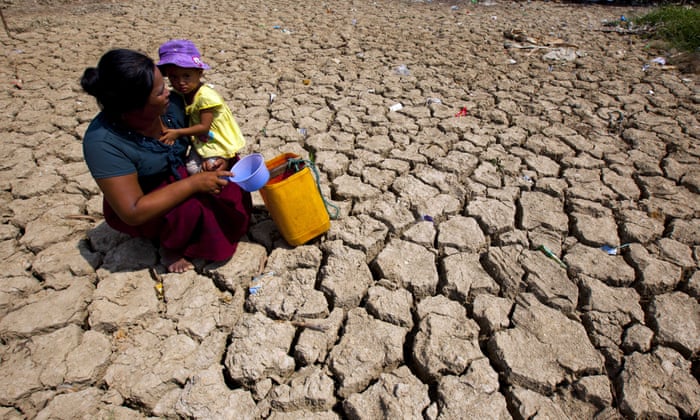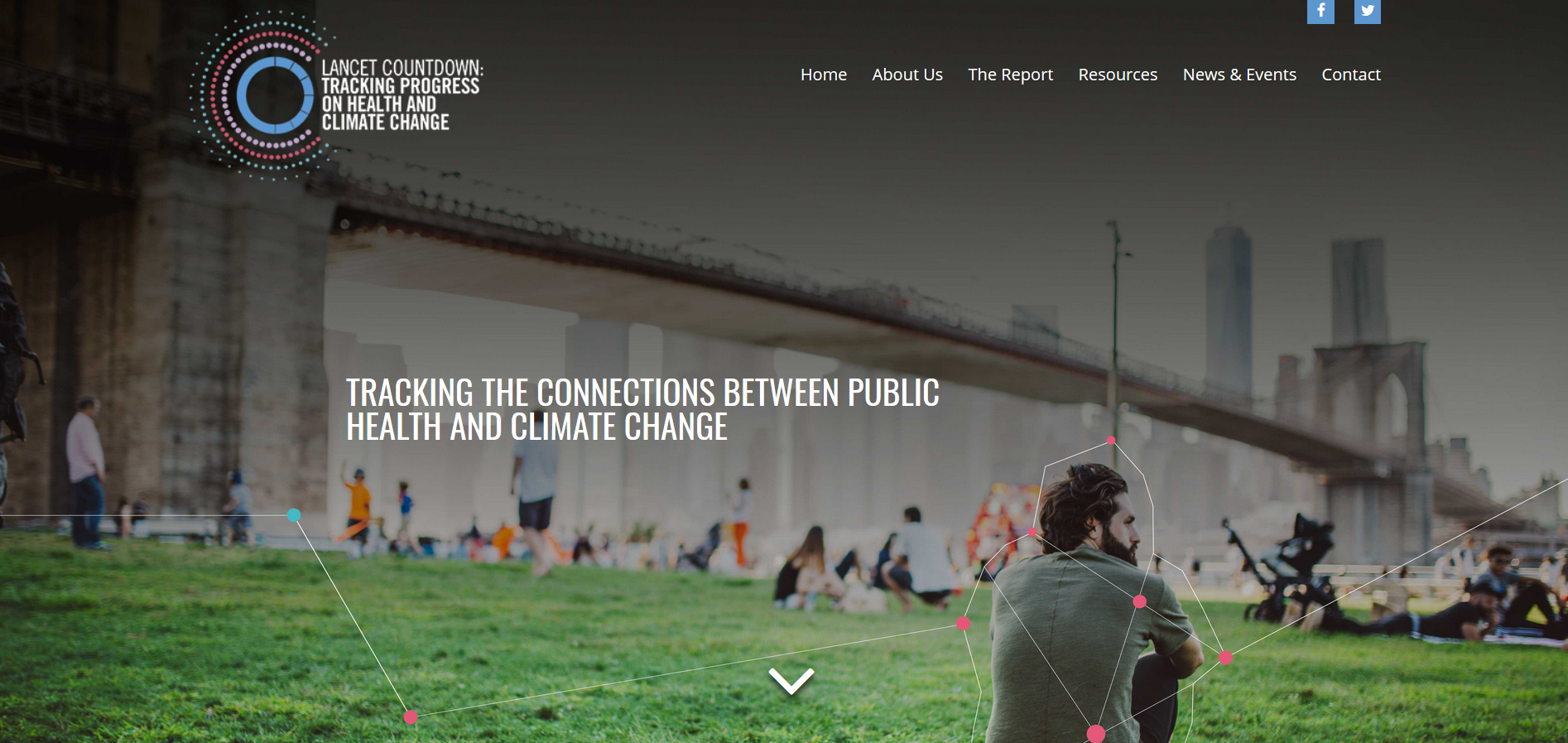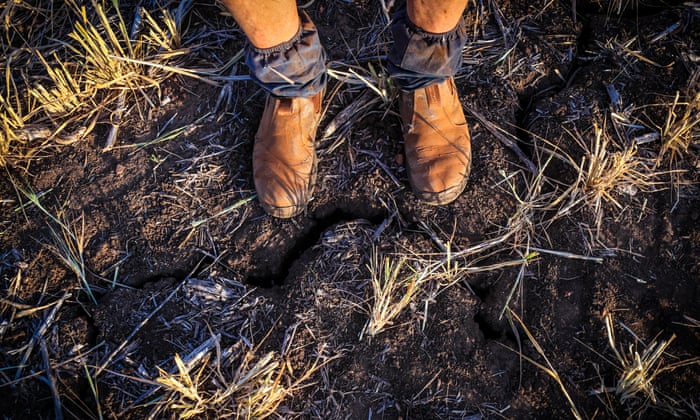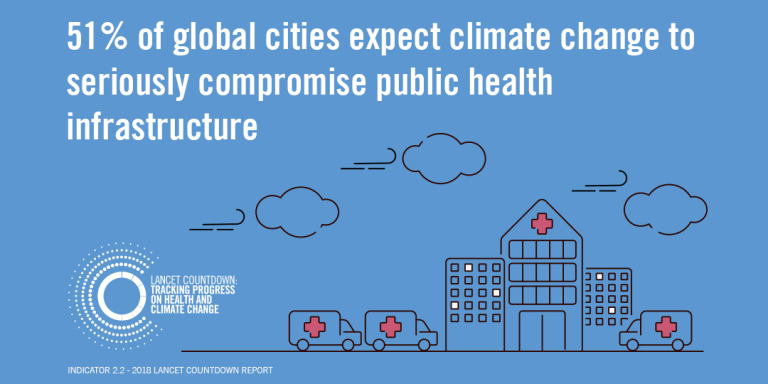Mind Your Brain
"So now we know that pleasure is also encoded by opioids."
"The next time you're hungry and you see the McDonald's arches, that's leading to dopamine release. So it's predicting you're going to get reinforced or rewarded. But dopamine can also predict negative things."
"So if we're eating broccoli it's 10 units of dopamine. But when we're smoking crack cocaine, it's like 10,000. That's why for the average human seeking pleasure how can broccoli, or even brownies, compete with crack cocaine?"
"When you're activating this reward circuit, you're kind of tipping the balance up, and your brain is going to try to bring it down. It engages these compensatory responses."
"What you're feeling the next morning is the exact opposite of how you felt when you were on the stimulus. This would happen with any one of us if we were recreationally using."
"When you're using, you're activating all the circuits. And the next day, or the next week if you have a binge weekend, the circuits are kind of resetting the balance."
Dr. Kim Hellemans, chair, Department of Neuroscience, Carleton University
 |
| MedicineNet.com |
When humans come abreast of things required for survival, the brain releases a "reward circuit", as part of our evolutionary preparedness for the future of humankind. In primordial times when a successful hunt concluded that would ensure survival in the short term, brain circuits released a cascade of signals encoding pleasure, informing the memory to pay attention to where the successful event took place, so at a later time hunters could return with the expectation of another successful hunt.
 |
The hippocampus was engaged to inform the hunters where they were located, the nucleus accumbens lectured the mind how pleasurable the event had been with its expectations of a good tasting meal that would assure the dawning of another day, while the prefrontal cortex produced a mental note to return to the scene of success and pleasure. The brain is adept through long practise in its evolutionary trajectory in producing dopamine and releasing it to those brain areas alerting humans to survival techniques ensuring longevity.
Researchers have also discovered that the human brain released endorphins: opiates. The ingrained rewards system becomes engaged when we consume a substance such as cocaine, alcohol, nicotine, cannabis or opioids. That reward system becomes engaged in a superphysiological state, enhancing the experience of pleasure directly related to those substances. The complication is that the brain also is geared toward the maintenance of a steady balance (homeostatsis), and so engages in compensatory responses.
 |
| 1130 opioids brain Getty image brain scan |
Responses such as making it impossible for the dopamine to reach its reward potential by pulling the dopamine receptors from their location in the membrane even while hormones that trigger stress are released, comprising the anti-reward circuits. Once the drug is metabolized and excreted, the high worn away, the compensatory responses are left; in the form of a 'hangover'. But in people gripped with a substance addiction where studies suggest early childhood trauma, the brain's circuits are rewired to blunt the reward baseline.
"That might have to do with depression or mental health, but they have this decreased reward baseline, and in some people, because of their history of trauma, they've got an overactive fear pathway." The stimuli that produce that good feeling in recreational users, makes traumatized people with addiction merely feel normal. Repeated use overrides the brain's stabilization efforts, setting a new, lower baseline to produce tolerance which people attempt to overwhelm through higher doses.
"Their baseline shifts, and people start feeling worse, even when they're not using. And they're trying to get to that level they did the first time they used, and they're never going to get there. This is 'chasing the dragon'."
 |
"They'll say that they start using to feel good, and then they use just to feel normal, and then they're using to stay alive. Because what's happening is that when they're not using, the brain is saying 'Danger! Danger!". These fear pathways are skyrocketing, so you feel horrible and you feel scared. So when long-time users who are in withdrawal say they feel like they're dying, they actually feel like they're dying. Because all these fear pathways are going through the roof."
"All the decision-making in your prefrontal cortex is hijacked by addiction. When we're anxious, stressed, sad, a coping strategy can be alcohol, it can be opioids. And when you have an at-risk population -- people who may have experienced poverty, neglect, childhood trauma, systematic oppression due to the colour of their skin, their sexuality, their ethnic group -- this can certainly be the trigger that sets into motion a series of changes in the brain that may lead to addiction."
Labels: Addiction, Brain, Health, Nature, Research, Survival













![items.[0].image.alt](https://ewscripps.brightspotcdn.com/dims4/default/64499dc/2147483647/strip/true/crop/640x360+0+13/resize/1280x720!/quality/90/?url=https%3A%2F%2Fmediaassets.wxyz.com%2Fphoto%2F2018%2F10%2F25%2FScreen%20Shot%202018-10-25%20at%201.14.29%20PM_1540487937969.png_101380958_ver1.0_640_480.jpg)
:max_bytes(150000):strip_icc()/hand-holding-marijuana-leaf-with-cannabis-plants-in-background-821837594-5a4d80c9aad52b00369731ca.jpg)














